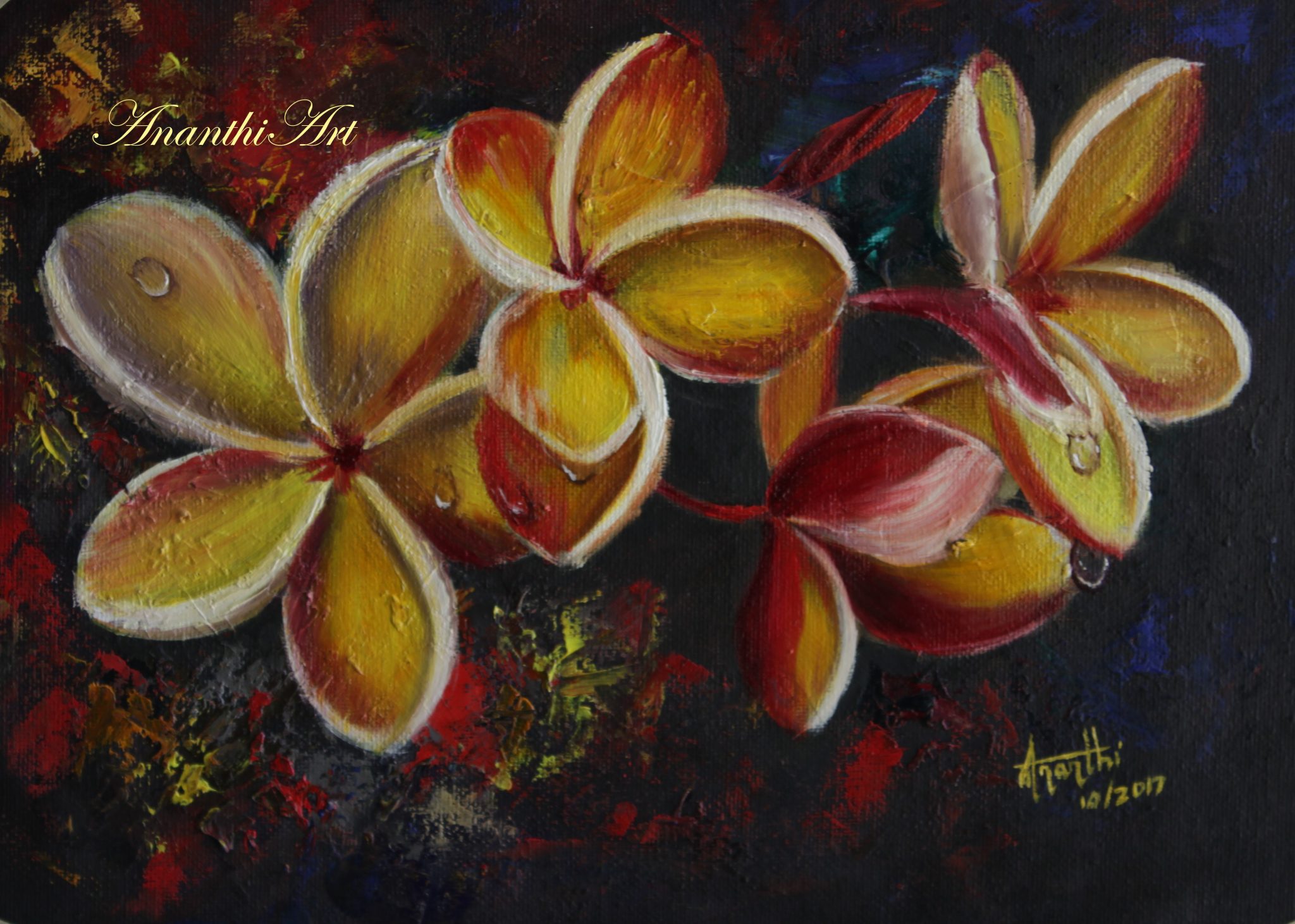
Brushes
Brushes are like a wand in the hands of an artist, that creates the magic on the canvas. It is important to know the type of the brushes and the quality of the fiber to know what different effects and brush strokes it can produce. Often times the reason for dissatisfaction in one’s work can be due to the wrong selection of brushes.
Any brush will have three parts, the fibers( that we paint with), the ferrule( the metal part that grips the fiber tightly to the handle) and the handle. The quality of each part determines the overall quality of a brush. They come in different size and shapes. The type of medium used determines the choice of brush. Oil painting brushes are long handled and watercolor brushes are short handled. In oil-based media, paint can be applied in thick layers or can be highly diluted to work in a similar way as in watercolor painting, which in turn demands a wide variety of brushes.
The fiber can be natural or synthetic hair. The better the quality of the fiber, the more paint it can hold. Natural fibers retain more paint than synthetic fibers.
Hog Bristle
Hog bristles are natural fibers, which is hard and flexible but lacks a pointed tip. They are expensive. They are used to cover a large area and for underpainting.
Sable
Sable brushes are very soft natural fibers that produce a perfect tip and are excellent for delicate and detailed work. They can hold a large amount of paint and can be used to paint long, soft, continuous brush strokes. They are the most expensive brushes. Sable brushes are better suited to watercolor and acrylics. Oils, which are a thick and viscous medium can be too harsh for the bristles and ruin them, so they have to be taken extra care.
Ox Hair
An inexpensive alternative to sable brushes and does not form a good tip. They are least preferred by the artist.
Synthetic Hair
Synthetic hair brushes are the best alternative to sable brushes. Large synthetic brushes can be used for blending and finishing area covered by bristle brush. Smaller brushes can be used for detailed work.
Brushes can be classified depending on the shape of the bristles:
- flat tip: flat with a square end
- filbert: flat with almond-shaped fiber
- bright: flat with shorter bristles than a flat brush
- round: round with a pointed tip
- bell-shaped: falls between round and flat, forms a continuous curve from the tip to the ferrule
- fan brushes: flat and shaped like a fan
- angular: flat with an angular end
They are available in wide range of size and the numbering system is international.
To create a versatile painting it is important to choose brushes with different hair, shape, and size.
Knives
Knives are used to mix paint on the palette and to transfer the paint from a palette to the canvas. They can be used to create an interesting variation to the painting surface. It’s possible to make a smooth surface or a thick texture with a palette knife. The rough textured effect that produced with a knife may not be achieved with the brushes. They are available in different size and shapes.
